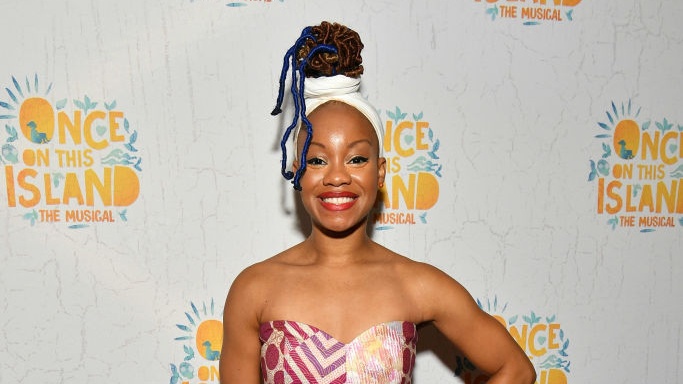Camille A. Brown, who is set to direct the upcoming production of For Colored Girls Who Have Considered Suicide/When The Rainbow is Enuf, will become the first Black woman in more than 65 years to serve as both director and choreographer of a Broadway production. According to Forbes, Katherine Dunham was the last Black woman to hold such a role, directing and choreographing at the Broadway Theater in November 1955.
Brown, who will lead the play in 2022, choreographed a revival of For Colored Girls in 2019 at The Public Theater off-Broadway, according to Broadway Direct.
“It’s an amazing feeling to bring this seminal show back to Broadway 45 years after it opened at the Booth Theatre on September 15, 1976,” Brown said. “I look forward to diving into the divine Ntozake Shange’s choreopoem and celebrating her legacy.”
Shange’s piece features seven Black women who use songs and poetry to highlight the reality of living in a sexist and racist society.
“It is an honor to help usher the return of Ntozake Shange’s groundbreaking work to Broadway under the direction and choreography of Camille A. Brown, who is herself blazing a new path on Broadway as the first Black woman in more than 65 years taking on this dual role,” said producer Ron Simons. “I am quite confident that the ancestors and Ntozake’s spirit are lifted.”
Brown has earned a long list of accolades during her career. That includes a Guggenheim Award, Bessie Award, Jacob’s Pillow Dance Award, Doris Duke Artist Award, United States Artists Award, Audelco Awards, Princess Grace Awards and a New York City Center Award. In 2019, Brown received a Tony nomination for choreographing Choir Boy, making her the first Black female choreographer to receive the honor.
The trailblazer is also recognized for several other notable roles. That includes her work on Jesus Christ Superstar Live in Concert, as well as the Oscar-nominated Netflix film Ma Rainey’s Black Bottom and Metropolitan Opera’s production of Porgy and Bess.
“Social dance for social change is reclaiming Black narratives, giving African Diaspora culture its rightful place in American culture, fostering learning and creativity and spreading the joy of dance,” Brown wrote on her website. “It aims to create safe spaces for healing and connection and a creative environment for leadership building and consciousness raising.”

